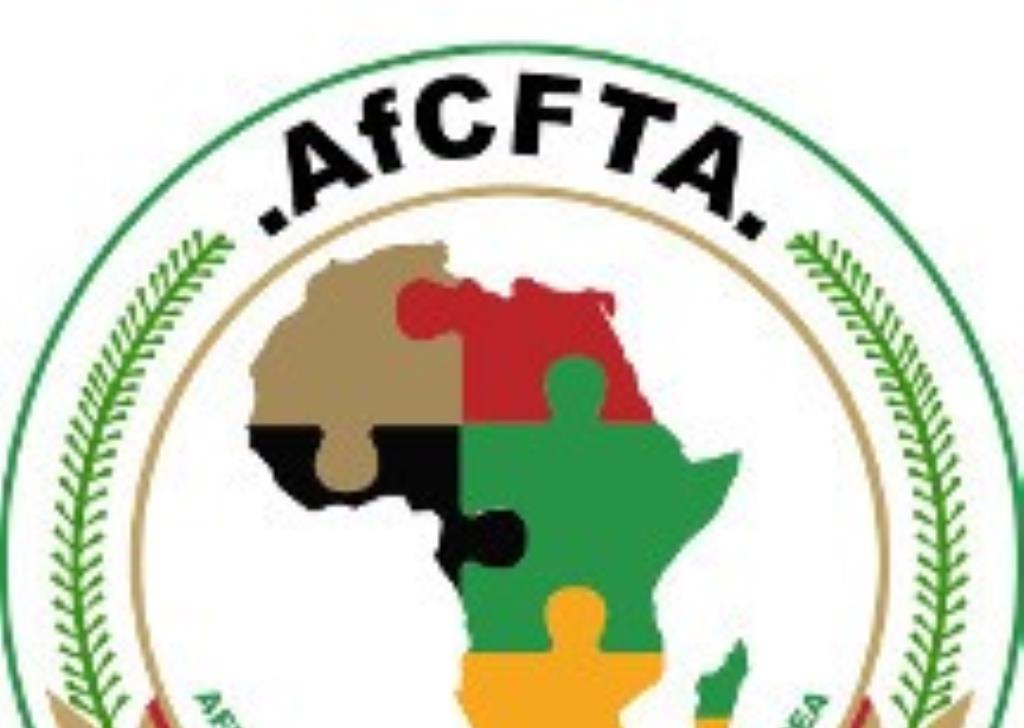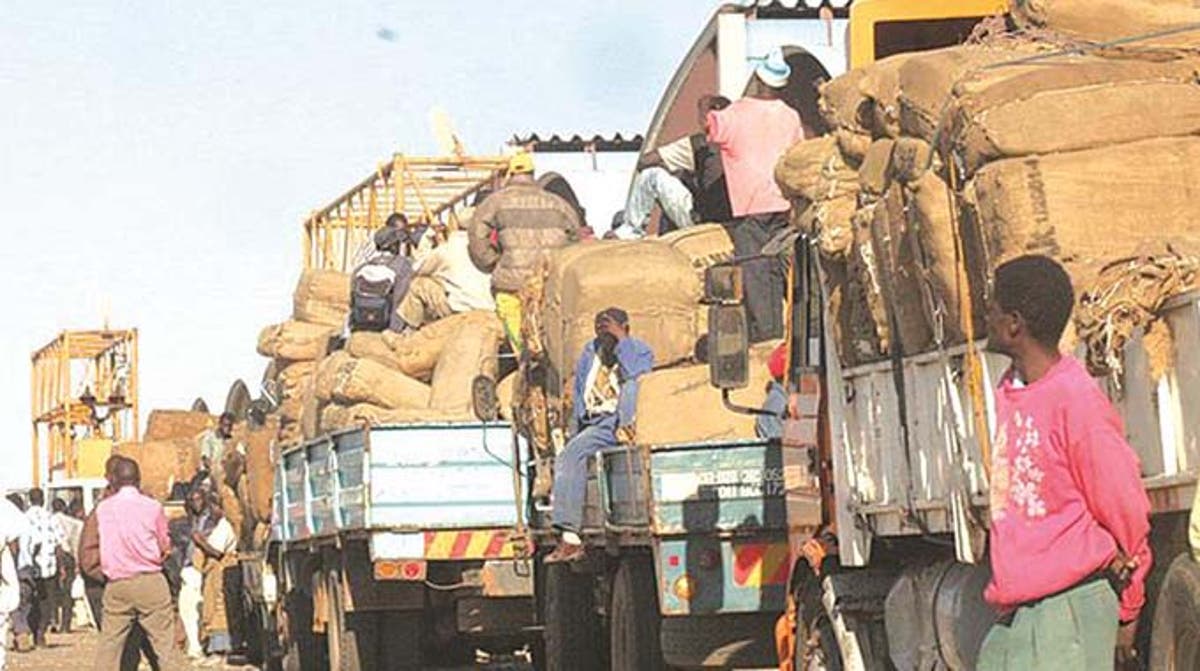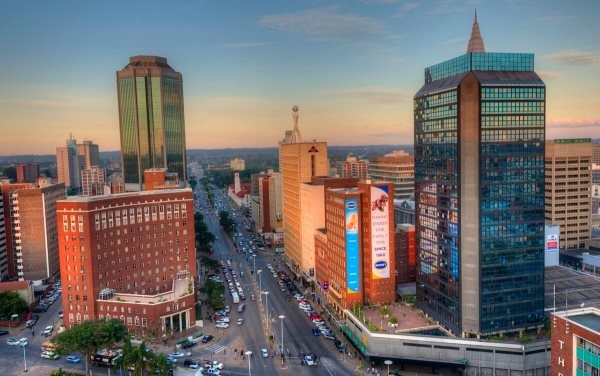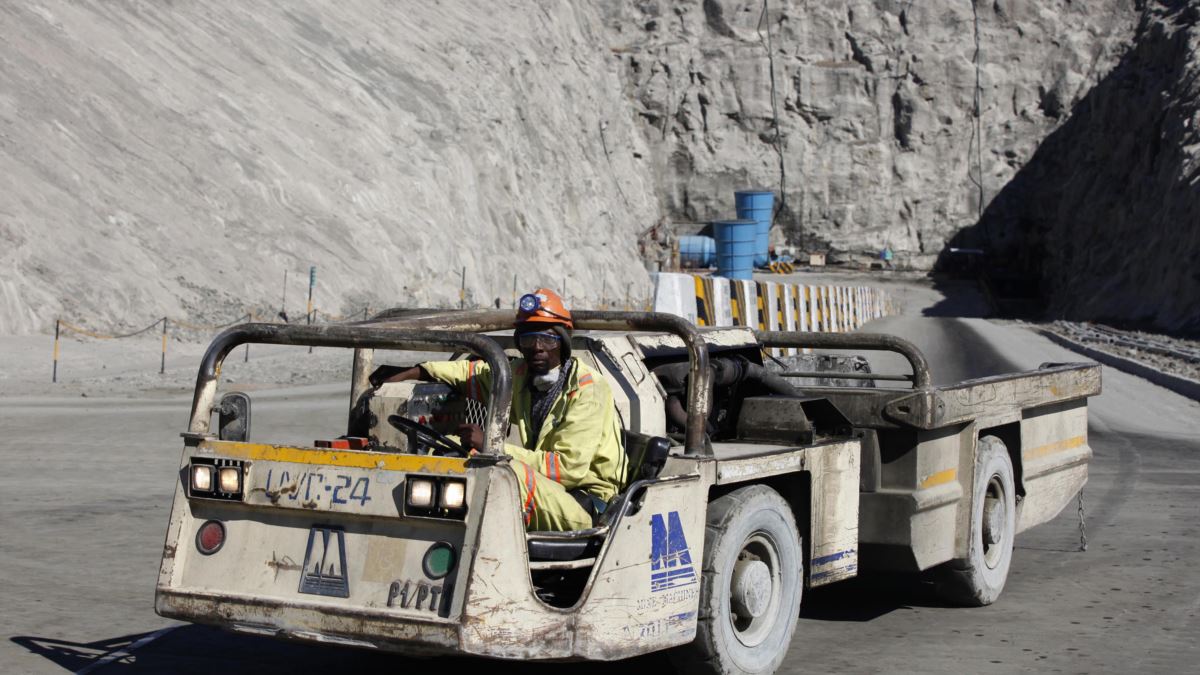Zimbabwe’s platinum production defies global trends
DESPITE global constraints in the platinum sector, Zimbabwe’s platinum production in the fourth quarter of 2023 rose by eight percent year-on-year to an all-time high of 133 koz, according to a report by the World Platinum Investment Council (WPIC).
WPIC said the country’s sector continued its steady increase, surpassing the 500 koz milestone for the first time.
Zimbabwe is the world’s third-largest producer of platinum behind Russia and South Africa, with Zimplats, Unki and Mimosa being the country’s major producers.
But a global market deficit of 878 koz in 2023 ending in the fourth quarter of 2023 made job losses and stalled mining projects a possibility despite the country’s steady production increases.
The WPIC report notes that “all of the major producers have announced plans to restructure their operations, the full implications of which are not yet clear”.
“All three of the country’s operations demonstrated year-on-year growth, with Unki accounting for the bulk of this through increased throughput and head grade.
“Zimbabwe’s production continued its steady increase, surpassing the 500 koz milestone for the first time. The country benefits from operational stability, mechanised mining methods, resulting in fewer safety stoppages and stable workplace relations.
“The realisation of volumes from the commissioning of the third concentrator at Zimplats and the Unki concentrator debottlenecking project contributed to the record production.”
However, the organisation said globally, the platinum market recorded a deficit of 878 koz last year. It noted that a market deficit is expected to continue through this year at 418 koz, with several of the ongoing market themes persisting.
“Notably, total platinum supply decreased by two percent in 2023 and is forecast to decrease by another one percent in 2024, leaving the 2024 supply six percent below the average annual supply over the previous five years.
“Supply risks are highly likely to remain in focus during 2024. The significant decline in the PGM basket price has eroded profitability at a number of operations and all of the major producers have announced plans to restructure their operations, the full implications of which are not yet clear,” reads the WPIC report.
The most immediate and concerning consequence of this situation is the potential for widespread job losses and the stalling of ongoing mining projects and prolonged delays in bringing new ones online.
Recently, Mimosa Mining Company said it had resolved to lay off top managerial staff and supervisors as a way of remaining afloat amid declining global metal prices. It said 33 managers and supervisors have been affected.
Mimosa Mining Company
“Metal prices have been on a downward trend since April 2023 and remain depressed to date. The metal prices have decreased by up to 35 percent during this period and this has had a negative impact on cash flow and profitability,” said Mimosa.
“The outlook is that the prices will remain depressed in the medium term. In view of this, we have had to implement several measures to ensure that our business remains viable in the low-price metal environment.”
Mimosa said the measures include capital expenditure curtailment, cost reduction and cash conservation initiatives.
“It has also been necessary to review our staffing structures to optimise these considering the prevailing environment. This has resulted in a staff rationalisation exercise, which has affected 33 managerial and supervisory employees.”-chronicle.cl.zw










